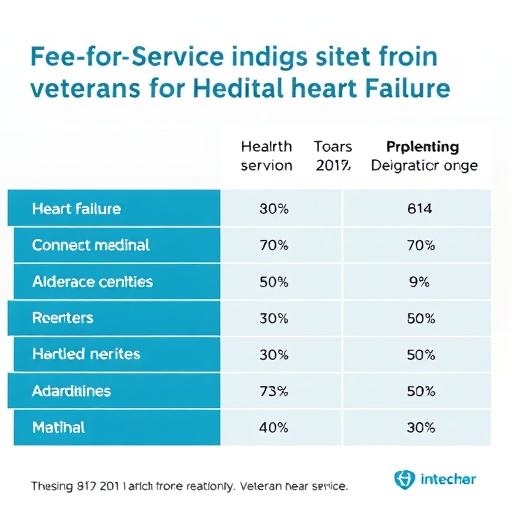Iron oxide nanoparticles in silicone show promise as a skin replacement material
A new type of sensor could lead to artificial skin that someday helps burn victims ‘feel’ and safeguards the rest of us, University of Connecticut researchers suggest in a paper in Advanced Materials.
Our skin’s ability to perceive pressure, heat, cold, and vibration is a critical safety function that most people take for granted. But burn victims, those with prosthetic limbs, and others who have lost skin sensitivity for one reason or another, can’t take it for granted, and often injure themselves unintentionally.
Chemists Islam Mosa from UConn, and James Rusling from UConn and UConn Health, along with University of Toronto engineer Abdelsalam Ahmed, wanted to create a sensor that can mimic the sensing properties of skin. Such a sensor would need to be able to detect pressure, temperature, and vibration. But perhaps it could do other things too, the researchers thought.
“It would be very cool if it had abilities human skin does not; for example, the ability to detect magnetic fields, sound waves, and abnormal behaviors,” said Mosa.
Mosa and his colleagues created such a sensor with a silicone tube wrapped in a copper wire and filled with a special fluid made of tiny particles of iron oxide just one billionth of a meter long, called nanoparticles. The nanoparticles rub around the inside of the silicone tube and create an electric current. The copper wire surrounding the silicone tube picks up the current as a signal. When this tube is bumped by something experiencing pressure, the nanoparticles move and the electric signal changes. Sound waves also create waves in the nanoparticle fluid, and the electric signal changes in a different way than when the tube is bumped.
The researchers found that magnetic fields alter the signal too, in a way distinct from pressure or sound waves. Even a person moving around while carrying the sensor changes the electrical current, and the team found they could distinguish between the electrical signals caused by walking, running, jumping, and swimming.
Metal skin might sound like a superhero power, but this skin wouldn’t make the wearer Colossus from the X-men. Rather, Mosa and his colleagues hope it could help burn victims “feel” again, and perhaps act as an early warning for workers exposed to dangerously high magnetic fields. Because the rubber exterior is completely sealed and waterproof, it could also serve as a wearable monitor to alert parents if their child fell into deep water in a pool, for example.
“The inspiration was to make something durable that would last for a very long time, and could detect multiple hazards,” Mosa says. The team has yet to test the sensor for its response to heat and cold, but they suspect it will work for those as well. The next step is to make the sensor in a flat configuration, more like skin, and see if it still works.
###
Among the authors of the paper are Esraa Elsanadidy and Mohamed Sharafeldin from UConn, and Islam Hassan from McMaster University, and Professor Shenqiang Ren from State University of New York at Buffalo. This work is supported by the National Institutes of Health (NIH), National Science Foundation (NSF), and U.S. Department of Energy.
Media Contact
Kim Krieger
[email protected]
202-236-0030
Related Journal Article
https:/
http://dx.




